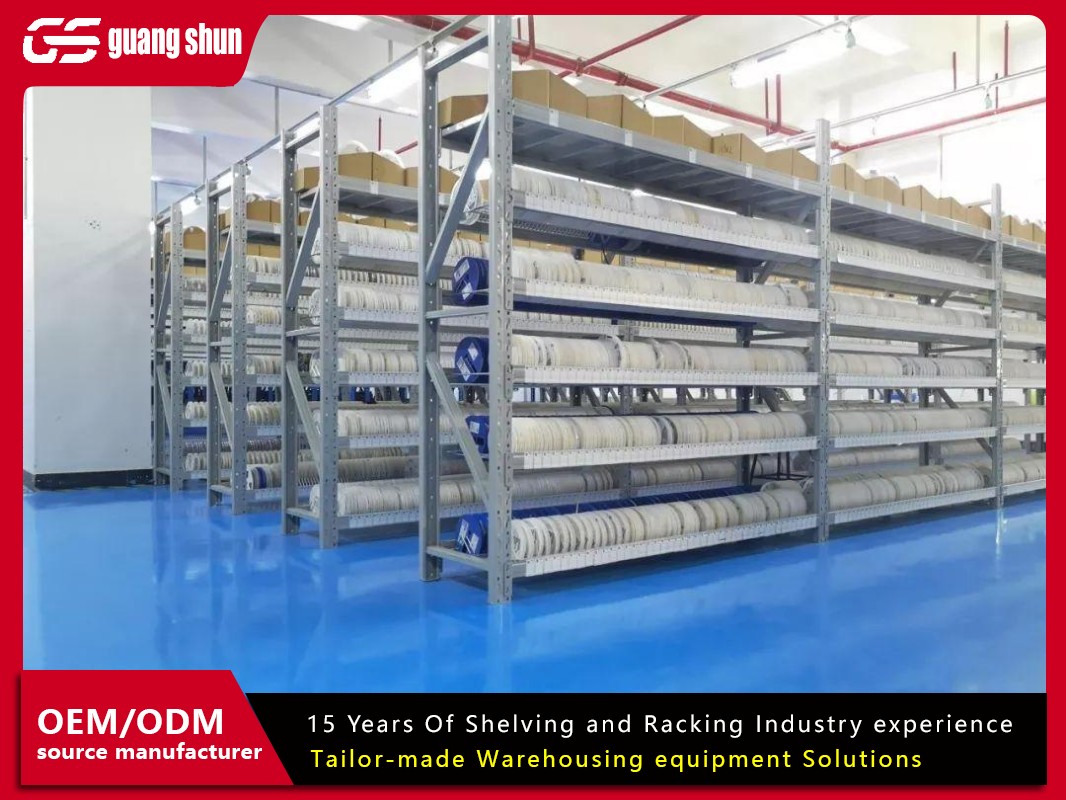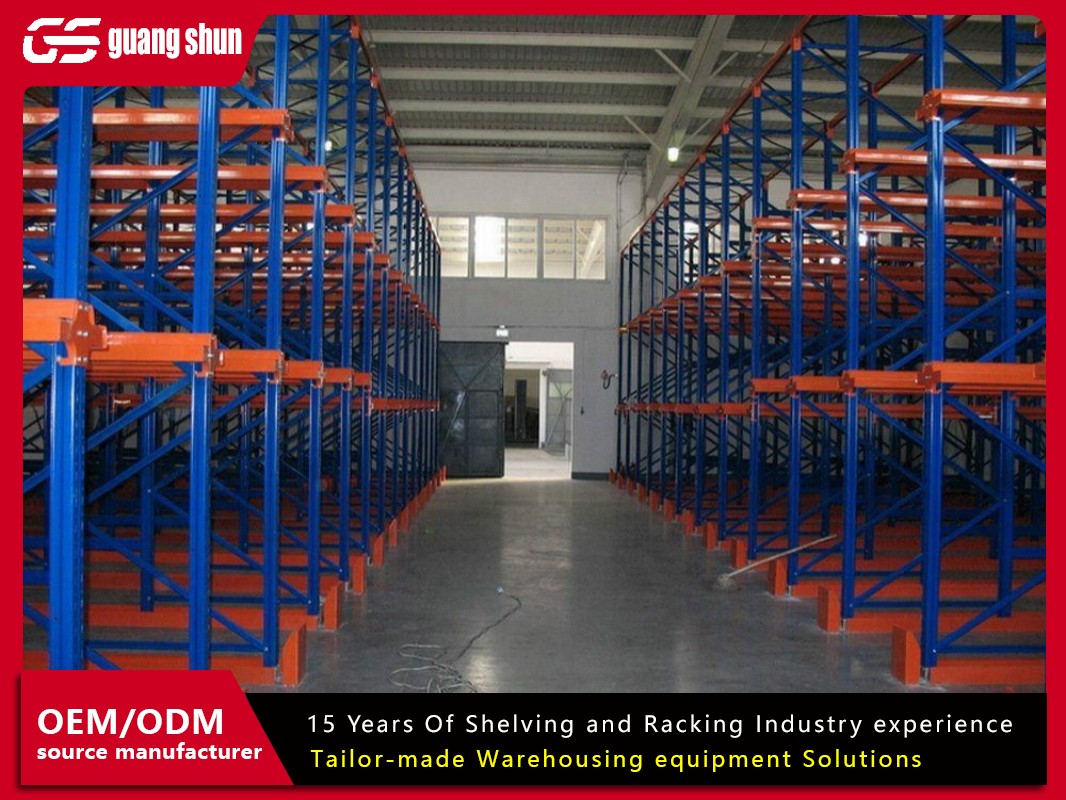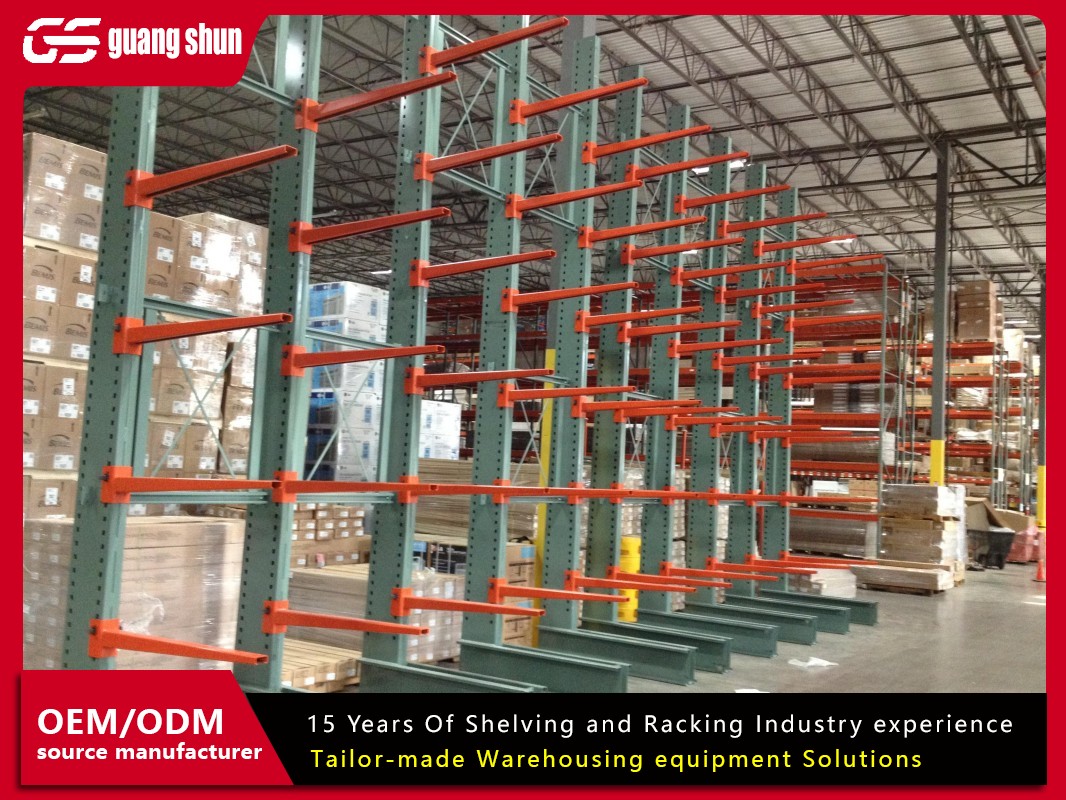In the world of logistics, manufacturing, and e-commerce, storage is never just about putting things away. It's the backbone of your operation, directly impacting everything from order fulfillment speed to inventory accuracy and employee safety. At the heart of an effective storage solution lies the racks warehouse. Far from being simple metal structures, a well-planned racks warehouse system is a dynamic asset. This article delves into the critical aspects of how a racks warehouse operates and why it's a non-negotiable element for modern businesses seeking a competitive edge.
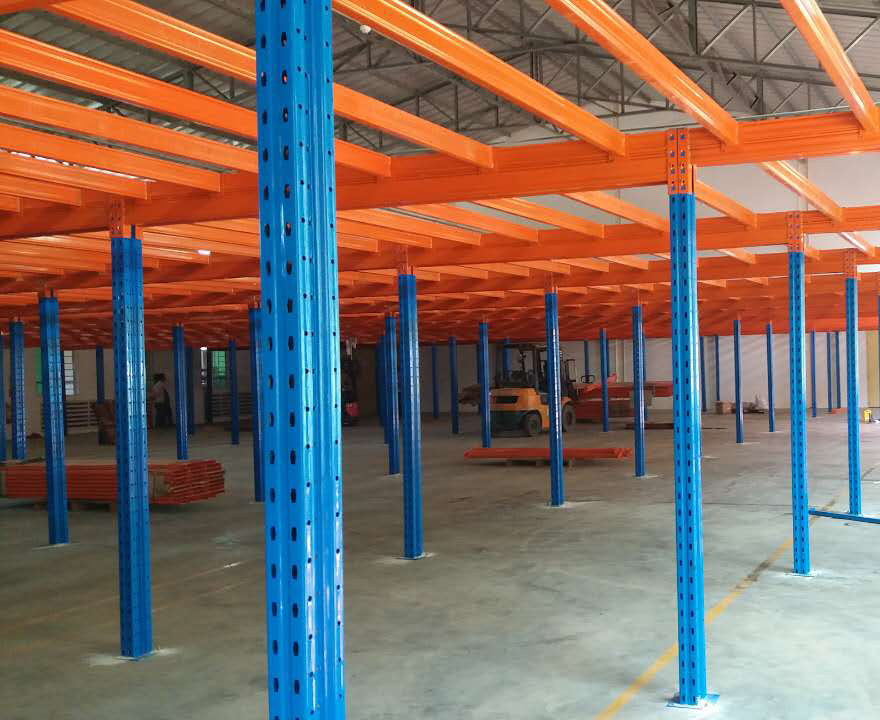
The Core Function: What is a Racks Warehouse?
At its simplest, a racks warehouse is a storage facility that utilizes structured shelving systems, known as racking, to store goods in an organized and accessible manner. Unlike floor storage, where items are stacked directly on the ground, a racks warehouse leverages vertical space. This fundamental shift from a two-dimensional floor plan to a three-dimensional storage cube is what unlocks massive potential. The primary component, the racking system, is designed to hold palletized goods, boxes, or individual items, making it the skeleton upon which the entire storage operation is built. Whether it's a small distribution center or a massive fulfillment hub, the principles of a racks warehouse remain the same: organize, elevate, and optimize.
Key Types of Racking Systems for Your Warehouse
Not all storage needs are identical, and thankfully, neither are racking systems. Choosing the right type is crucial for maximizing the efficiency of your racks warehouse. Here are some of the most common configurations:
Selective Pallet Racking: This is the most ubiquitous system found in a racks warehouse. It offers direct access to every single pallet, making it ideal for warehouses with a high SKU count where any pallet might need to be retrieved at any time. Its simplicity and flexibility make it a go-to choice.
Drive-In/Drive-Thru Racking: Designed for high-density storage of fewer product types, this system allows forklifts to drive directly into the rack structure. It's perfect for storing products with low variety but high quantity, such as seasonal items or beverages. A racks warehouse using this system sacrifices some selectivity for significantly greater storage density.
Push Back Racking: This system operates on a Last-In, First-Out (LIFO) basis. Pallets are loaded onto nested carts that ride on inclined rails. When a new pallet is pushed in, it forces the existing pallets back. This provides denser storage than selective racking while still offering faster access than drive-in systems.
Pallet Flow Racking: Using gravity to its advantage, this high-density, First-In, First-Out (FIFO) system is ideal for perishable goods or products with expiration dates. Pallets are loaded from the higher end and glide down rollers to the lower end for picking.
Cantilever Racking: For long, bulky, or irregularly shaped items like timber, pipes, or furniture, cantilever racking is the solution. With arms extending from a central column, this system in a racks warehouse provides unobstructed access without the interference of front-column posts.
The Tangible Benefits of Implementing a Racked System
Investing in a proper racks warehouse setup yields immediate and long-term returns. The benefits extend far beyond mere organization.
Maximized Space Utilization: The most obvious advantage is the vertical use of space. By building upwards, you dramatically increase your storage capacity without expanding your building's footprint, which is often the most expensive option.
Enhanced Inventory Accessibility and Control: A structured racks warehouse makes it easy to locate and retrieve items. This reduces picking and loading times, accelerates order fulfillment, and improves overall warehouse throughput. Combined with a Warehouse Management System (WMS), it allows for precise inventory tracking.
Improved Safety: Stacks of goods on the floor are unstable and hazardous. A racks warehouse system is engineered to securely hold heavy loads, significantly reducing the risk of collapse. It also creates clear aisles, improving visibility and movement for forklifts and personnel.
Increased Operational Efficiency: Time is money. When workers can find and access inventory quickly, productivity soars. Reduced travel time, faster restocking, and streamlined workflows are direct outcomes of a well-organized racks warehouse.
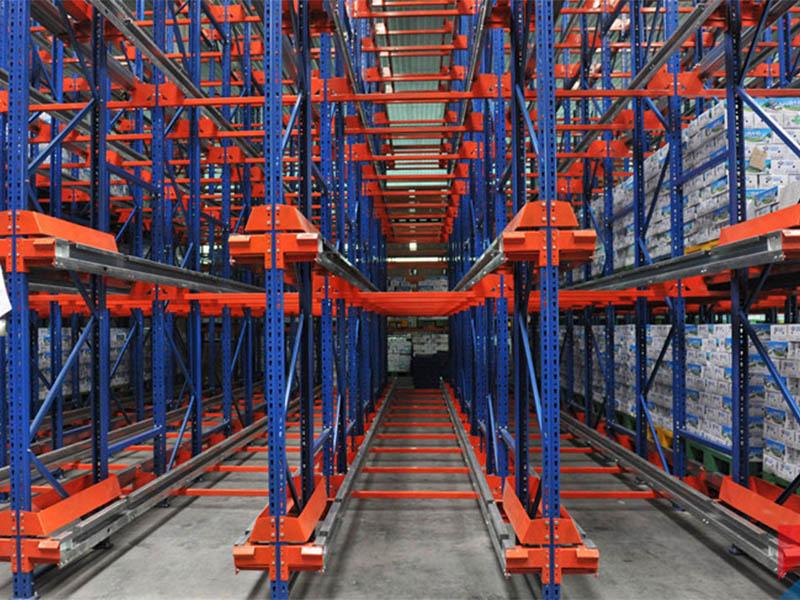
Critical Design and Planning Considerations
Installing a racks warehouse is not a one-size-fits-all project. Several factors must be meticulously analyzed during the planning phase:
Inventory Analysis: What are the dimensions and weights of your products? What is your inventory turnover (FIFO vs. LIFO)? The answers will dictate the type of racking needed.
Facility Specifications: The clear ceiling height, floor condition, and column locations of your building are critical physical constraints. The available space will determine how high you can build your racks warehouse and the layout of the aisles.
Equipment Compatibility: Your racking design must align with your Material Handling Equipment (MHE), primarily your forklifts. The aisle width, for example, is determined by the turning radius of your forklifts (e.g., very narrow aisles require specialized trucks).
Load Capacity and Safety Standards: Every component of a racks warehouse must be rated for the intended load. Engineering standards and local regulations must be followed to ensure the structure's integrity and the safety of everyone inside.
The Integration of Technology in a Modern Racks Warehouse
Today's racks warehouse is increasingly smart. Racking systems are no longer passive structures but are integrated with technology to create a synchronized operation.
Warehouse Management Systems (WMS): A WMS acts as the brain of the racks warehouse. It directs workers to the exact rack location (e.g., Aisle 5, Level 3, Position B) for put-away and picking, optimizing travel paths and ensuring inventory accuracy.
Barcode and RFID Scanning: Each rack location and pallet can be tagged. Scanning these tags provides real-time data to the WMS, automating inventory tracking and eliminating manual data entry errors.
Automation and Robotics: In advanced facilities, racking systems are designed to work with Automated Guided Vehicles (AGVs) or autonomous mobile robots (AMRs). Some high-density racks warehouse setups are fully automated, where robotic shuttles retrieve and store pallets within the rack structure itself with minimal human intervention.
Maintaining and Optimizing Your Rack System Over Time
A racks warehouse is a long-term investment that requires ongoing attention. Regular maintenance and periodic optimization are essential for safety and performance.
Regular Inspections: Schedule weekly or monthly visual inspections for any visible damage, such as bent beams or dislodged safety locks. Annual professional inspections are also recommended to assess the structural integrity.
Reconfiguration and Adaptation: As your business evolves, so should your racks warehouse. Be prepared to reconfigure racking layouts, adjust beam heights, or even integrate different racking types to accommodate changing inventory profiles.
Employee Training: Consistently train your staff on the correct use of the racking system, including safe loading practices and operating MHE within the aisles to prevent impacts and damage.
Frequently Asked Questions (FAQ)
Q1: What is the typical cost of setting up a racks warehouse?
A1: The cost of a racks warehouse system varies widely based on the type of racking (selective is cheaper than automated systems), the size of the facility, the required load capacity, and installation complexity. It's best to get quotes from several suppliers after a detailed analysis of your specific needs.
Q2: How do I choose between selective and drive-in racking for my warehouse?
A2: The choice hinges on your inventory strategy. Use selective racking if you have a wide variety of products and need immediate access to every pallet (high selectivity). Choose drive-in racking if you store large quantities of a few SKUs and can accept LIFO access, as it provides much higher storage density.
Q3: Are there specific safety standards for a racks warehouse?
A3: Yes, racking systems must comply with various national and international standards, such as those from ANSI/MH in the United States or SEMA in the UK. These standards cover design, installation, and use, including requirements for load notices, aisle widths, and impact protection like guard rails.
Q4: Can my existing warehouse floor support a high-density racks warehouse?
A4: Not necessarily. High-density racking systems, especially those with narrow aisles, concentrate significant weight. A professional must assess your slab's load-bearing capacity before installation. Reinforcing the floor may be a necessary preliminary cost.
Q5: How can I improve inventory management within my racks warehouse without a full WMS?
A5: Start with a disciplined approach. Implement a consistent numbering system for all rack locations (e.g., Aisle-Bay-Level). Use spreadsheets to track which products are in which location and ensure every put-away and pick is recorded manually. While not as efficient as a WMS, this creates a foundational level of organization for your racks warehouse.



